The Post-Launch Strategy: A Choice Between Established IP and Creative Risk
Popular Now
 Black Myth: Wukong
Black Myth: Wukong
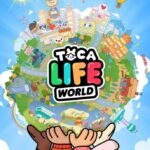 Toca Boca World
Toca Boca World
 Roblox
Roblox
 Brawl Stars
Brawl Stars
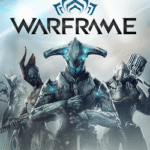 Warframe
Warframe
 Rust
Rust
 Valorant
Valorant
 Minecraft
Minecraft
 Grand Theft Auto V
Grand Theft Auto V
 The Legend of Zelda
The Legend of Zelda
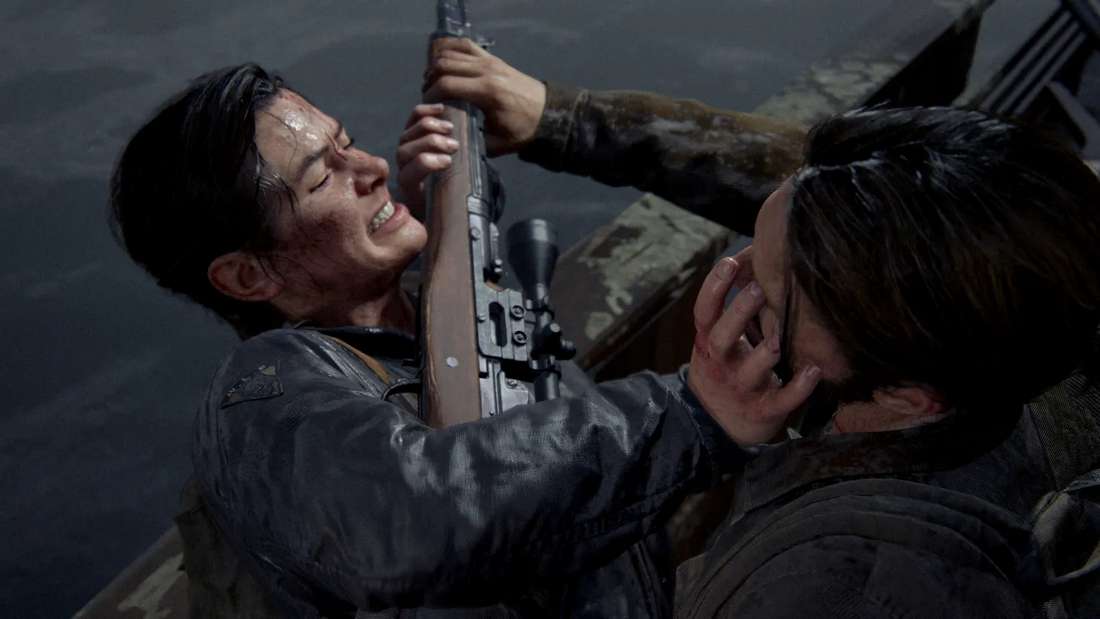 Following the monumental, albeit divisive, success of 2020’s The Last of Us Part II (TLOU2), industry observers and fans alike have keenly awaited Naughty Dog’s next move. Recent revelations from Naughty Dog President and Creative Director Neil Druckmann have confirmed a significant internal debate: whether the studio should immediately commit to developing The Last of Us Part III or pivot to a new intellectual property (IP). This strategic crossroads highlights a crucial tension in modern AAA game development between capitalising on a wildly successful franchise and pursuing creative renewal.
Following the monumental, albeit divisive, success of 2020’s The Last of Us Part II (TLOU2), industry observers and fans alike have keenly awaited Naughty Dog’s next move. Recent revelations from Naughty Dog President and Creative Director Neil Druckmann have confirmed a significant internal debate: whether the studio should immediately commit to developing The Last of Us Part III or pivot to a new intellectual property (IP). This strategic crossroads highlights a crucial tension in modern AAA game development between capitalising on a wildly successful franchise and pursuing creative renewal.
Druckmann himself disclosed that the idea of going “straight into The Last of Us 3” was a serious consideration. This is understandable given the massive commercial success and continued cultural relevance of the franchise, amplified by the award-winning HBO adaptation. The decision to ultimately pursue the newly announced sci-fi IP, Intergalactic: The Heretic Prophet, speaks volumes about the studio’s commitment to avoiding creative burnout and maintaining the integrity of its storytelling.
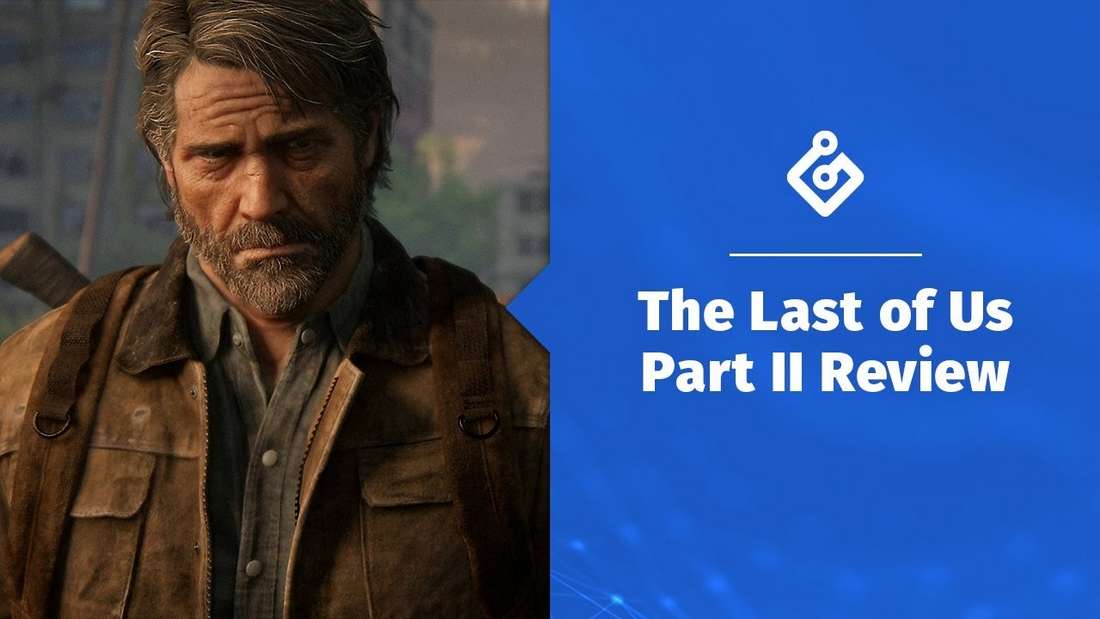 The High-Stakes Environment of The Last of Us IP
The High-Stakes Environment of The Last of Us IP
The stakes for a potential third entry in the series are astronomically high. The Last of Us is arguably Sony’s most prestigious and narratively complex IP, generating significant global revenue. A direct sequel would be a guaranteed high-revenue stream, a massive win for PlayStation Studios, and a significant boost to the gaming console market. However, Naughty Dog is keenly aware that a rushed or creatively uninspired sequel could severely damage the series’ legacy, a risk too great for a franchise built on meticulous, emotional storytelling.
The internal debate confirms what many analysts suspected: the studio actively explored concepts for Part III before shifting focus. This period of exploration, detailed in the Grounded II documentary, ultimately led to the realization that a compelling, necessary story concept—one that felt as vital as the first two—was not immediately ready. Instead, the passion of a significant portion of the team coalesced around the concept that became Intergalactic.
- Commercial Imperative: A third game guarantees a substantial return on investment (ROI).
- Creative Integrity: The studio prioritizes a compelling narrative concept over market demand.
- Development Pipeline: Focusing on a new IP allows the core creative team to “recharge” before tackling the heavy subject matter of The Last of Us 3.
What ‘Intergalactic’ Means for the Future of Part III
The new IP, Intergalactic: The Heretic Prophet, is now confirmed to be Naughty Dog’s next major release, with Druckmann serving as the writer and director. This commitment means that any true development on TLOU Part III will likely not begin in earnest for several years. This extended timeline offers both a challenge and an opportunity:
The Opportunity: A longer hiatus provides ample time for a truly unique and deserving narrative concept for The Last of Us to organically form. Druckmann has publicly stated that he recently found a “concept” that is “as exciting as 1, as exciting as 2, is its own thing, and yet has this throughline for all three.” This new thematic cornerstone is the key to unlocking the series’ final chapter.
The Challenge: Maintaining audience engagement over a potentially decade-long gap between mainline instalments (Part II released in 2020/2024 Remastered). The successful HBO adaptation is a crucial tool in this strategy, keeping the brand front-of-mind for a massive, global audience. Furthermore, the development of a completely new, major IP requires significant resource allocation, including the best talent and substantial development funding.
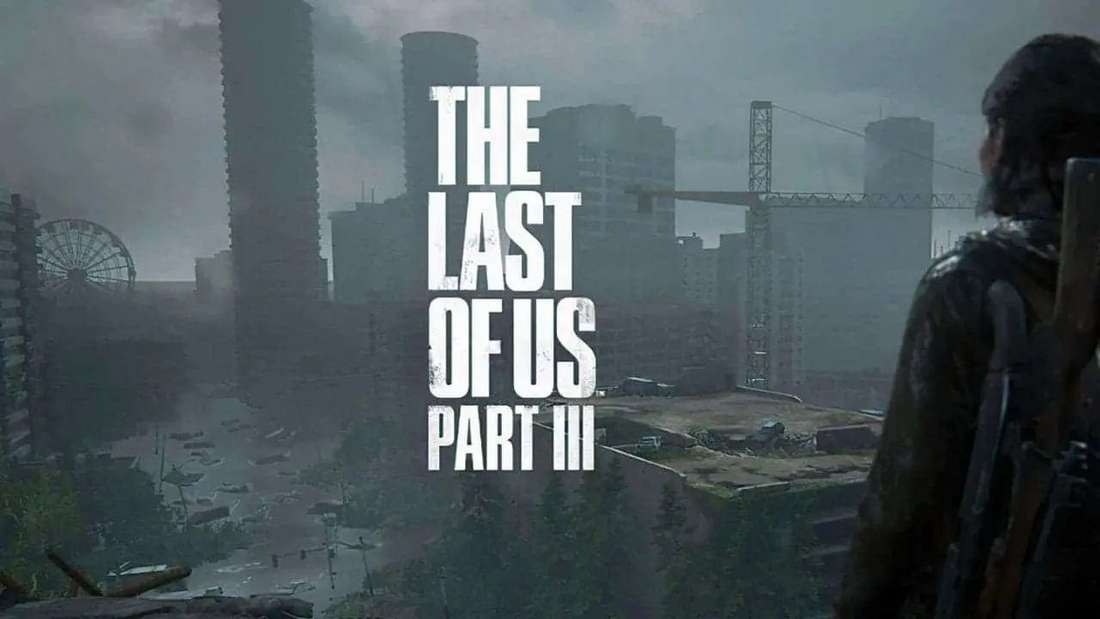 Reviewing the Game-Changing Precedent
Reviewing the Game-Changing Precedent
Naughty Dog has a history of successful transitions between franchises. After the original Uncharted trilogy, the studio moved to The Last of Us, demonstrating an ability to pivot while maintaining industry-leading game design and narrative quality. The move to Intergalactic is a similar, albeit perhaps riskier, bold stroke.
The decision to hold back on The Last of Us Part III is a testament to Naughty Dog’s culture of prioritizing story above all else. They are not merely interested in creating a sequel; they are committed to crafting a meaningful conclusion that justifies its existence. This approach reinforces their status as a premium content developer in the video game industry.
Key Takeaways for Investors and Fans
The news is a mixed bag, but ultimately positive for the long-term health of the franchise and the studio. For those interested in buying game stock or tracking entertainment industry trends, Naughty Dog’s commitment to new IP diversification is a strong indicator of creative health and long-term viability, even if it delays a highly anticipated sequel.
- The Last of Us Part III: Concept exists and is exciting, but is not in full development. Expect a potential reveal post-Intergalactic launch (circa 2028-2030).
- Current Focus: Intergalactic: The Heretic Prophet is the studio’s primary single-player project.
- Strategic Patience: The delay is a deliberate choice to ensure the third part’s narrative is of the highest quality, protecting the brand value.
The internal debate post-Part II highlights a studio grappling with immense success and responsibility. By choosing to step away and develop a new property, Naughty Dog is employing strategic patience—a high-risk, high-reward move that could secure both their creative future and the eventual, definitive ending to one of gaming’s greatest narratives.
Source Note: Information is compiled from recent interviews with Neil Druckmann (Variety, Sacred Shapes podcast), details from the Grounded II documentary, and official Naughty Dog announcements regarding Intergalactic: The Heretic Prophet (December 2024). All content reflects news available up to late 2025.








